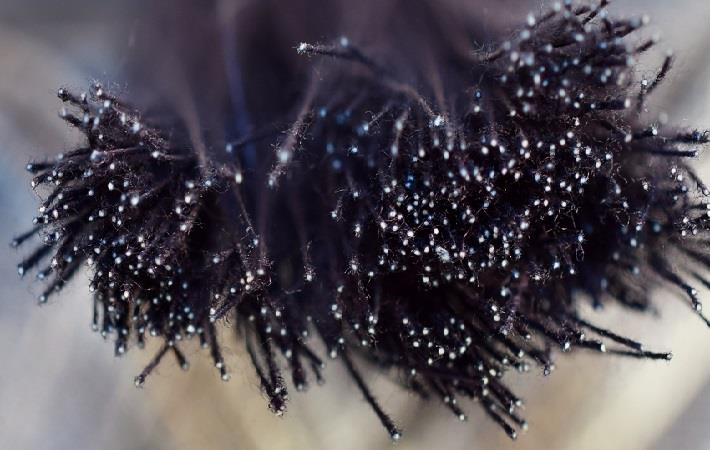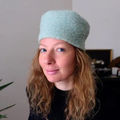Weko to display new sustainable dyeing solution at ITMA

The worldwide textile production is suffering from immense cost pressure and is driven by using high volumes of fresh water, energy and chemicals with comparatively slow production speeds. Weko, together with its partners, Lilienweiss Textile Services, Textilchemie Dr. Petry, and Archroma has developed new processing concepts creating sustainable, cost-efficient dyeing and finishing processes, the company said in a press release.
In denim yarn dyeing, Weko-Neo offers raised product fastness, reduced reddish (Indigo/sulphur dyeing), less number of dye bathes, stable and precise production, and reduction of energy costs thanks to short drying times and economical use of the application medium.
Weko-Neo could be placed on any section of a slasher dyeing range, like the pre-treatment or preparation area, dyeing, wash off, or after-treatment area. Also the number or applicators is unlimited. We can use it for topping, bottoming, colour-denim, Black-denim, fixation, hydrogen peroxide, or others.
In textile finishing, Weko-Neo offers 80 per cent reduced pick-up, no material contact, 50 per cent less drying energy, savings of up to 70 per cent water and waste, adjustable penetration level, and one or both side application.
Weko-Neo could be installed on the stenter frame entrance or exit. A wide range of applications could be done like fixation, resin, and flat finish, lustre or brilliance, grip modification, softener, tinting, and over-dying. Weko-Neo also helps in protection of the health of employees, as no harmful aerosols escape; no nuisance from unpleasant odours; and safety at the workplace, as there is no contamination of the environment by slippery substances.
Textiles, specially knitting fabrics, need to be cut at the selvedge to obtain a strait and regular side for a parallel roll and perfect doubling. Depending on the required processes, some fabrics need to be cut several times (two or three times). To reduce this waste and on the other hand increase the material output, Weko has developed the cutting system Cut-it 2.0. With special fabric guiding, decurling, and stabilisation solutions, the cut selvedge can be reduce up to 80 per cent compared to common cutting systems. (GK)
Fibre2Fashion News Desk – India
































-Ltd..jpg?tr=w-120,h-60,c-at_max,cm-pad_resize,bg-ffffff)





.jpg?tr=w-120,h-60,c-at_max,cm-pad_resize,bg-ffffff)
.jpg?tr=w-120,h-60,c-at_max,cm-pad_resize,bg-ffffff)






